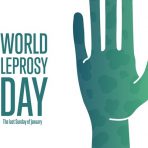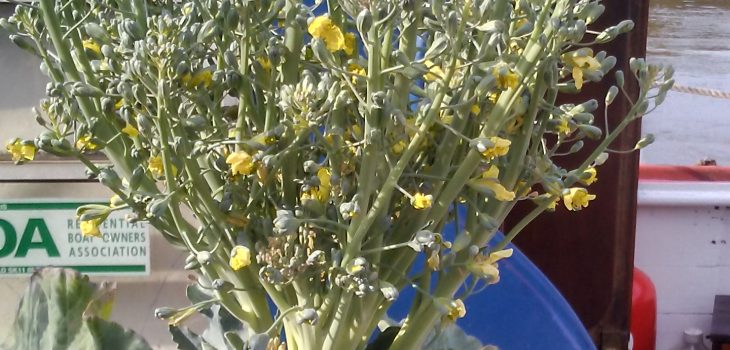During the COVID lockdown, we have been encouraged to pay attention to our mental health. For some people this may mean growing plants or vegetables, perhaps in pots if your access to outside space is limited. Learning a language or playing a musical instrument is encouraged by some.
The illustration is of a pot of broccoli, which my partner and I decided to let flower after we’d harvested the florets for food. Not that long before the photograph was taken, this plant had been a mere shoot in a small pot, donated to us by neighbours who were growing numerous plants on their roof. We have also been growing carrots and beetroot in pots, as well as lavender and mint.
One of my lockdown tasks was the proof-reading of the draft third edition of the Barnard Classification for Medical and Veterinary libraries, checking the entries for accuracy, consistency, spelling and grammar.
Such a task could prove a little tedious, but as I was checking the index to table 11, which contains the classifications for various “drugs, poisons, foodstuffs and other chemical compounds of medical and pharmaceutical interest”, I came across the codes for broccoli, beet, and carrots, and learned a little about the classification of plants in the process.
The dicotelydons, or dicots, are one of the two groups into which all the flowering plants are divided, the name signifying that the seed has two embryonic leaves or cotyledons. Beet, broccoli and carrots all come under different sub-genera of this group. But I was amused by the notation for broccoli – TV “cabbage, cauliflower, broccoli and kale” (Dicots: brassicales) – if only because the stem of our TV aerial is visible in the picture.
So, not only have I completed a work task and sent my queries and corrections back to the author, I have improved my mental health and awareness of matters plant and vegetable.















